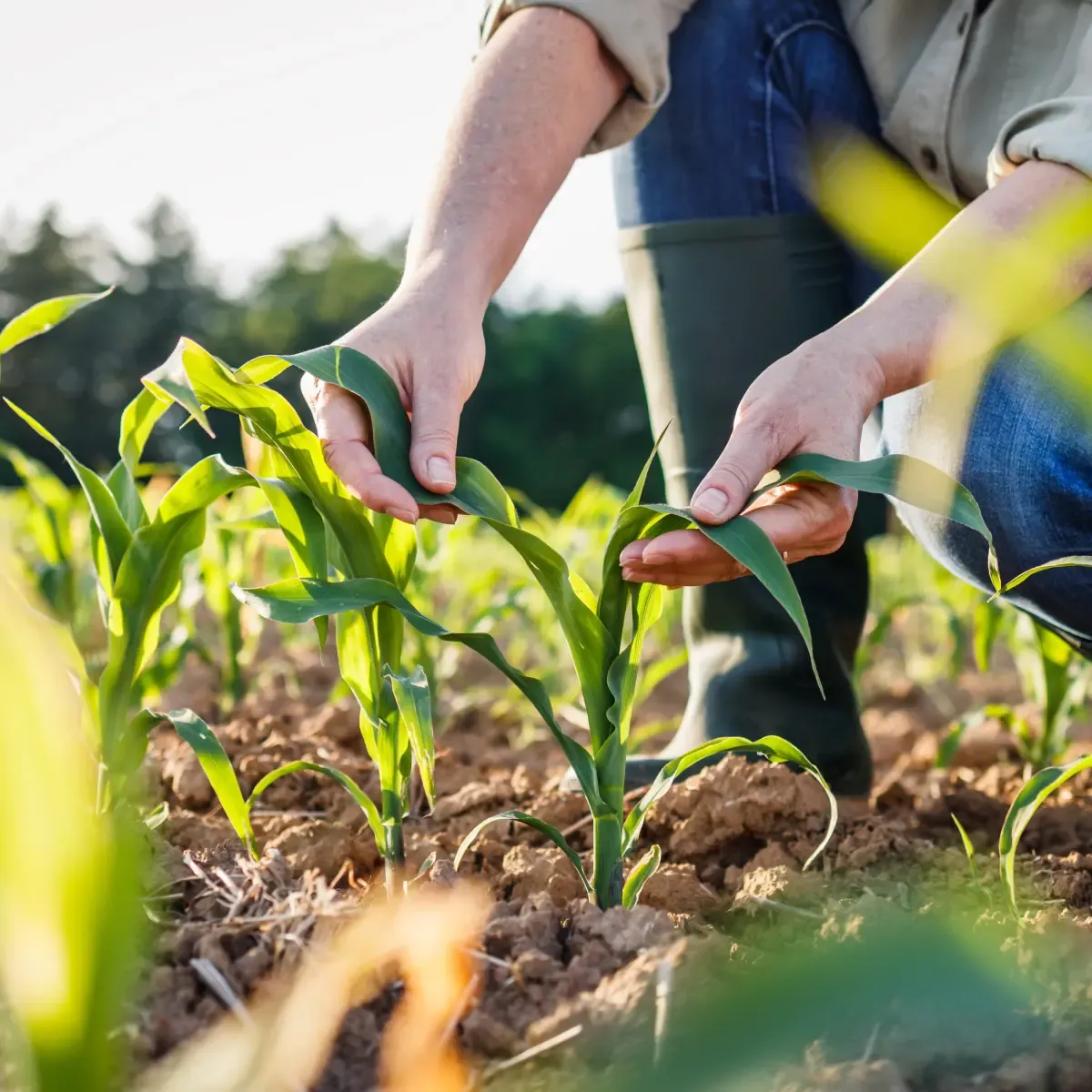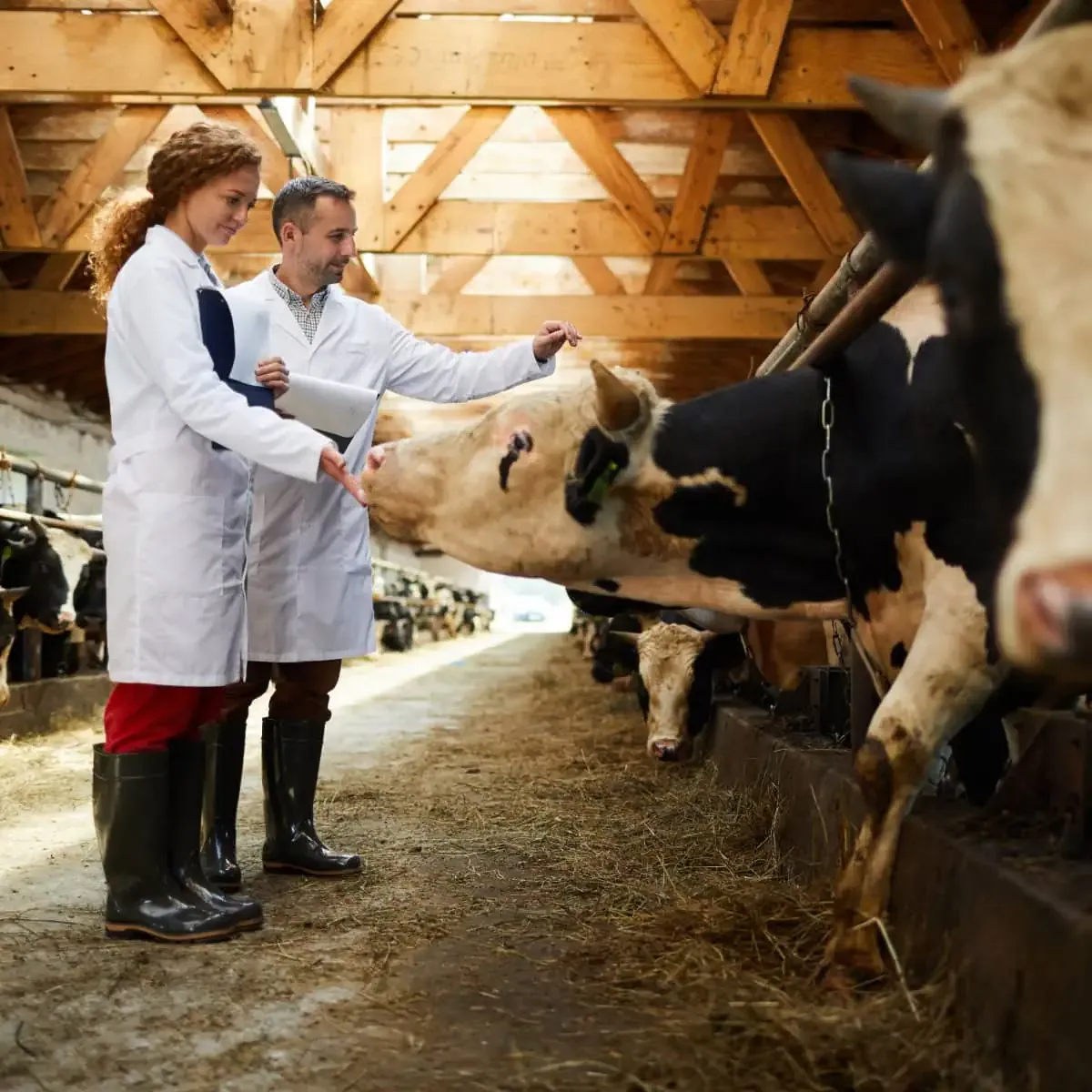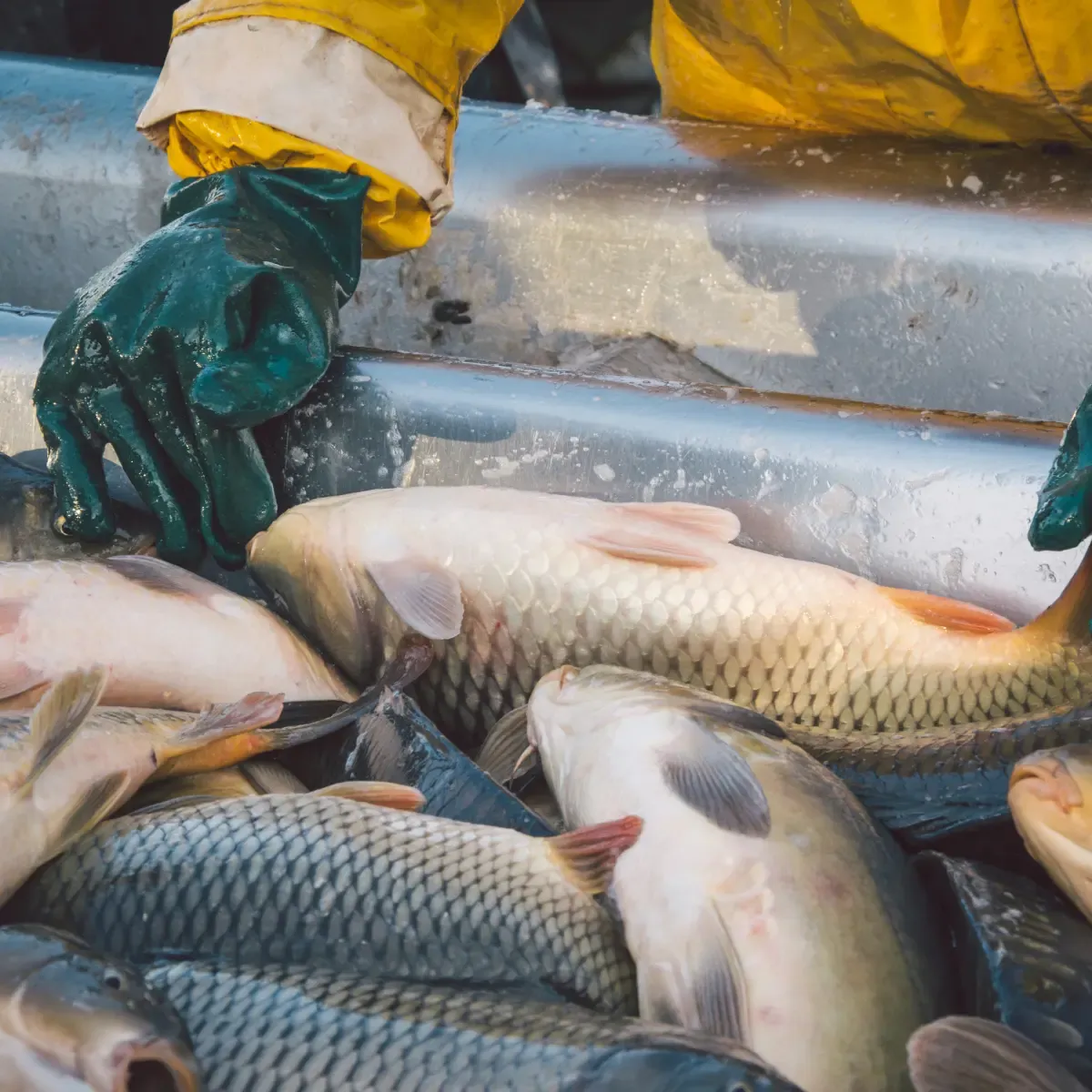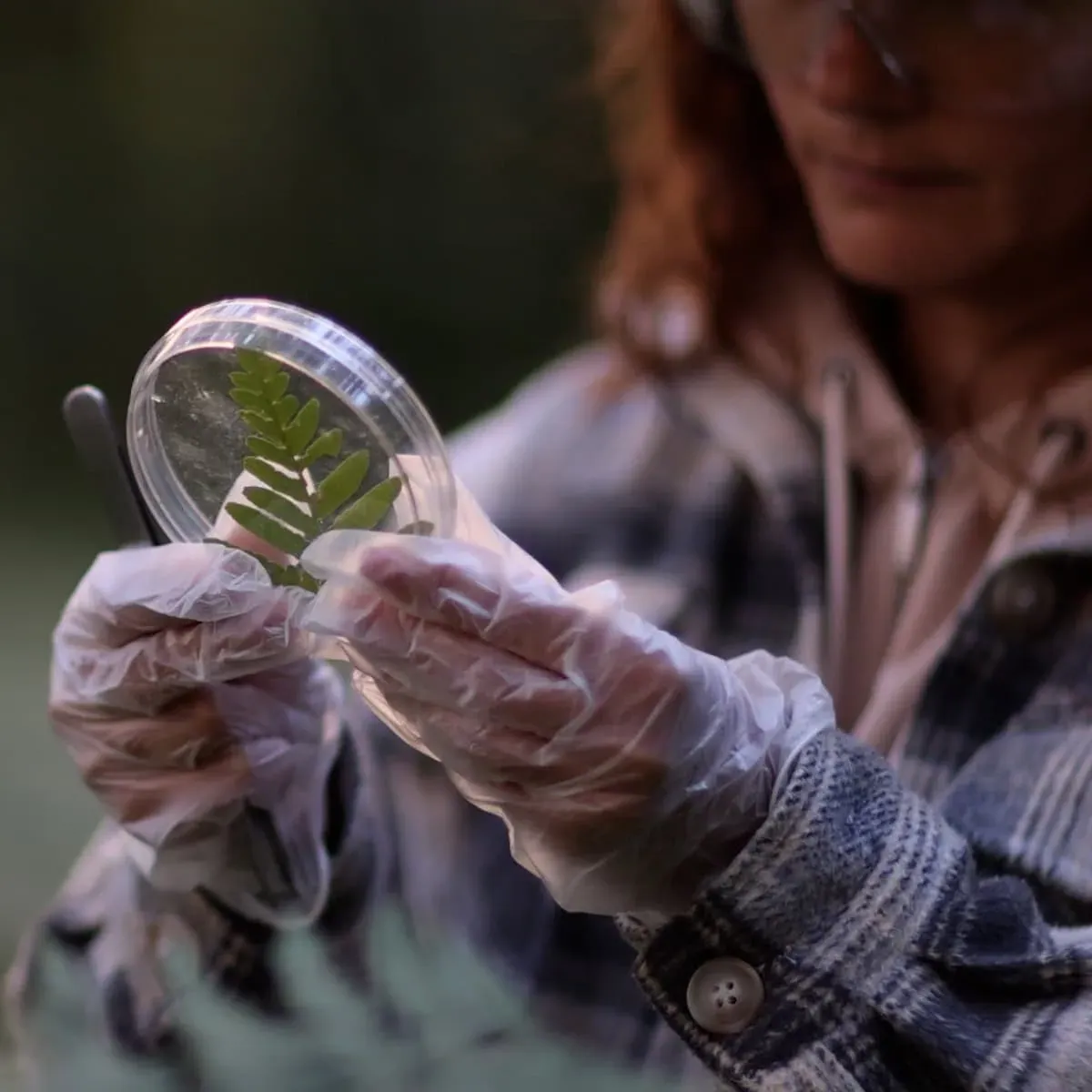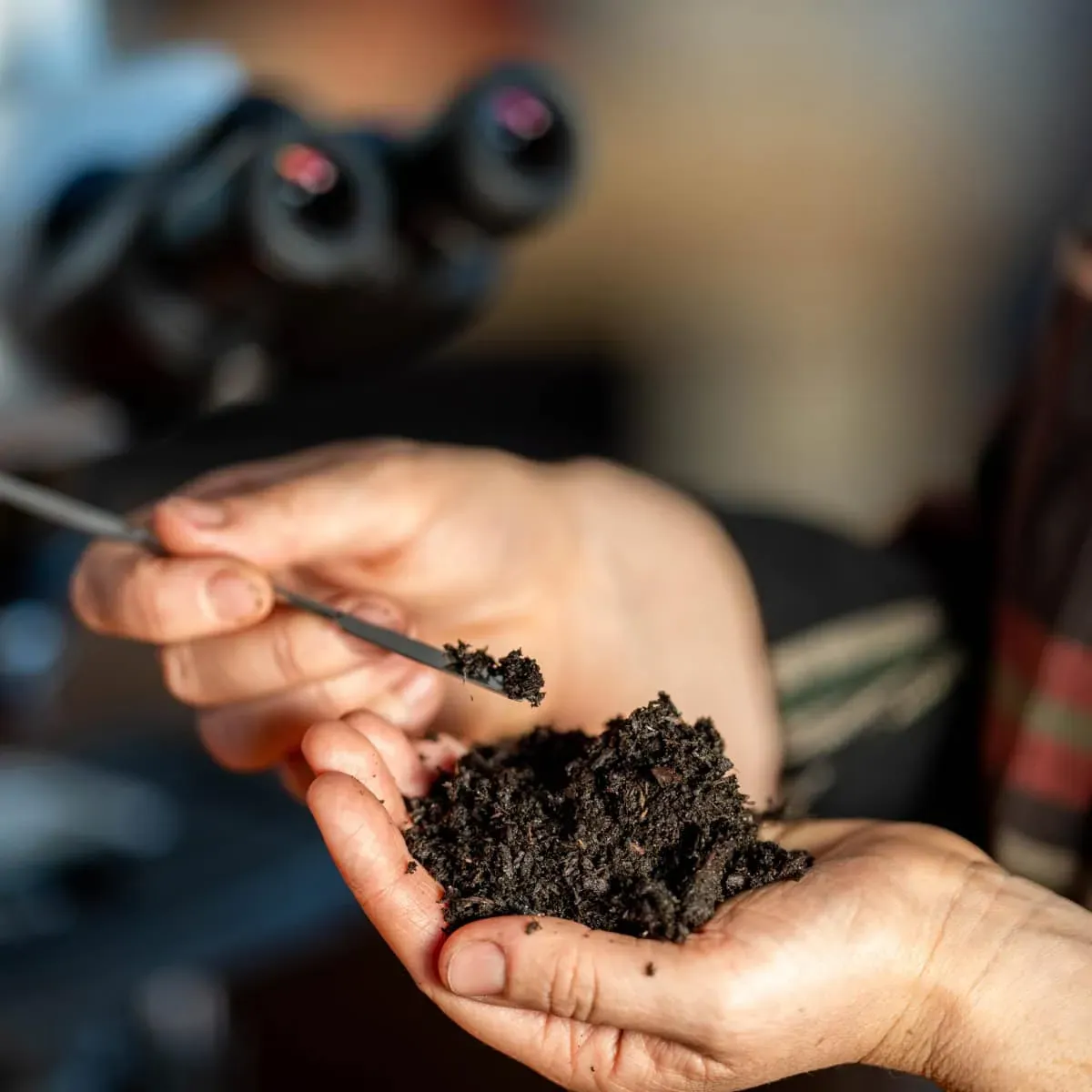Overview & Salary
Overview
Use chemistry, microbiology, engineering, and other sciences to study the principles underlying the processing and deterioration of foods; analyze food content to determine levels of vitamins, fat, sugar, and protein; discover new food sources; research ways to make processed foods safe, palatable, and healthful; and apply food science knowledge to determine best ways to process, package, preserve, store, and distribute food.
On the job, you would:
- Inspect food processing areas to ensure compliance with government regulations and standards for sanitation, safety, quality, and waste management.
- Check raw ingredients for maturity or stability for processing, and finished products for safety, quality, and nutritional value.
- Develop new or improved ways of preserving, processing, packaging, storing, and delivering foods, using knowledge of chemistry, microbiology, and other sciences.
Education
- bachelor's degree
- doctoral degree
Salary
Annual 10th percentile $49,580
Annual median $85,310
Annual 90th percentile $141,860
Knowledge & Skills
Knowledge
Manufactured or Agricultural Goods
- food production
- manufacture and distribution of products
Math and Science
- biology
- chemistry
Arts and Humanities
- English language
Engineering and Technology
- product and service development
Skills
Basic Skills
- listening to others, not interrupting, and asking good questions
- reading work related information
Problem Solving
- noticing a problem and figuring out the best way to solve it
People and Technology Systems
- thinking about the pros and cons of different options and picking the best one
- figuring out how a system should work and how changes in the future will affect it
Personality & Abilities
Personality
Investigative
People interested in this work like activities that include ideas, thinking, and figuring things out.
- Analytical Thinking
- Integrity
- Attention to Detail
- Cooperation
- Achievement/Effort
- Dependability
Abilities
Verbal
- listen and understand what people say
- read and understand what is written
Ideas and Logic
- notice when problems happen
- make general rules or come up with answers from lots of detailed information
Math
- add, subtract, multiply, or divide
- choose the right type of math to solve a problem
Visual Understanding
- see hidden patterns
